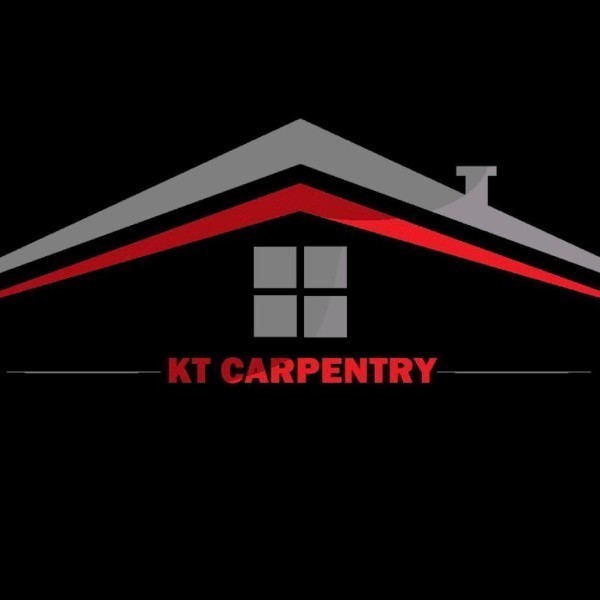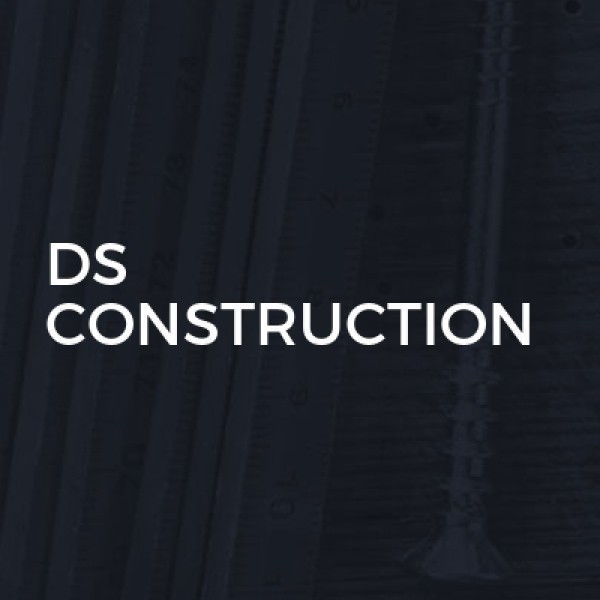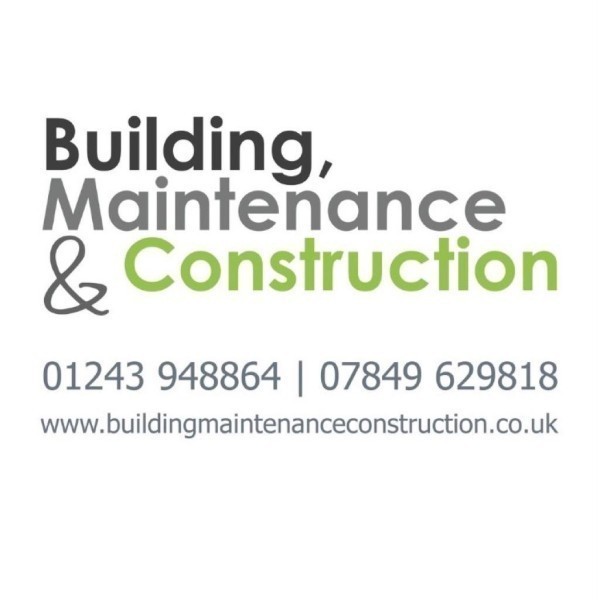Loft Conversions in Havant
Filter your search
Post your job FREE and let trades come to you
Save time by filling out our simple job post form today and your job will be sent to trades in your area so you can sit back, relax and wait for available trades to contact you.
Post your job FREESearch Loft Conversions in places nearby
Understanding Loft Conversions in Havant
Loft conversions in Havant are becoming increasingly popular as homeowners seek to maximise their living space without the hassle of moving. This transformation not only adds value to your property but also provides a versatile space that can serve various purposes. Whether you're looking to create an extra bedroom, a home office, or a cosy retreat, a loft conversion could be the perfect solution.
The Benefits of Loft Conversions
Loft conversions offer a myriad of benefits. Firstly, they make use of existing space, which means you don't have to sacrifice any part of your garden or outdoor area. Additionally, converting your loft can significantly increase the value of your home, often by more than the cost of the conversion itself. This makes it a wise investment for the future.
Increased Living Space
One of the primary advantages of a loft conversion is the additional living space it provides. This can be particularly beneficial for growing families or those who need extra room for guests. The possibilities are endless, from creating a master suite with an en-suite bathroom to designing a playroom for the kids.
Cost-Effective Solution
Compared to the cost of moving to a larger home, a loft conversion is a cost-effective solution. It eliminates the need for estate agent fees, stamp duty, and the stress of relocating. Plus, you get to stay in the neighbourhood you love.
Energy Efficiency
Modern loft conversions often include improved insulation, which can lead to better energy efficiency. This means lower energy bills and a more comfortable living environment, making it a win-win situation for homeowners.
Types of Loft Conversions
There are several types of loft conversions to consider, each with its own set of advantages. The choice largely depends on the structure of your home and your personal preferences.
Velux Loft Conversion
A Velux loft conversion is one of the simplest and most cost-effective options. It involves installing Velux windows into the existing roofline, allowing natural light to flood the space. This type of conversion is ideal for homes with ample headroom and is less disruptive than other options.
Dormer Loft Conversion
A dormer loft conversion involves extending the existing roof to create additional headroom and floor space. This type of conversion is versatile and can be adapted to suit most property types. It also allows for the installation of larger windows, enhancing the natural light in the room.
Mansard Loft Conversion
Mansard conversions are more extensive and involve altering the structure of the roof. This type of conversion provides the most space and is often used for properties in urban areas where space is at a premium. However, it typically requires planning permission due to the significant changes to the roof structure.
Hip to Gable Loft Conversion
This type of conversion is suitable for detached or semi-detached homes with a hipped roof. It involves extending the sloping side of the roof to create a vertical gable wall, providing additional space and headroom. Hip to gable conversions often complement dormer conversions for maximum space utilisation.
Planning Permission and Building Regulations
Before embarking on a loft conversion in Havant, it's crucial to understand the planning permission and building regulations involved. While some conversions fall under permitted development rights, others may require formal planning permission.
Permitted Development Rights
Many loft conversions can be carried out under permitted development rights, meaning you don't need to apply for planning permission. However, there are specific criteria your project must meet, such as not exceeding a certain volume or altering the roofline significantly.
When Planning Permission is Required
If your conversion involves significant changes to the roof structure or exceeds the permitted development limits, you'll need to apply for planning permission. It's advisable to consult with a professional architect or planning consultant to ensure compliance with local regulations.
Building Regulations
Regardless of whether planning permission is needed, all loft conversions must comply with building regulations. These regulations ensure the safety and structural integrity of the conversion, covering aspects such as fire safety, insulation, and access. A building control officer will need to inspect the work at various stages to ensure compliance.
Choosing the Right Contractor
Selecting the right contractor is crucial to the success of your loft conversion. A reputable contractor will guide you through the process, from design to completion, ensuring a smooth and stress-free experience.
Research and Recommendations
Start by researching local contractors with experience in loft conversions. Ask for recommendations from friends or family who have undertaken similar projects. Online reviews and testimonials can also provide valuable insights into a contractor's reputation and quality of work.
Obtaining Quotes
Once you've shortlisted potential contractors, obtain detailed quotes from each. Ensure the quotes include all aspects of the project, from design and materials to labour and any additional costs. This will help you compare options and make an informed decision.
Checking Credentials
Verify the credentials of your chosen contractor, including their qualifications, insurance, and membership in professional bodies. This will give you peace of mind knowing that your project is in capable hands.
Designing Your Loft Space
The design of your loft conversion is a crucial aspect that will determine how well the space meets your needs. Consider factors such as layout, lighting, and storage to create a functional and aesthetically pleasing environment.
Layout and Functionality
Think about how you intend to use the space and design the layout accordingly. For example, if you're creating a bedroom, consider the placement of the bed, wardrobes, and any additional furniture. For a home office, ensure there's ample space for a desk and storage solutions.
Maximising Natural Light
Natural light can transform a loft space, making it feel larger and more inviting. Consider the placement of windows and skylights to maximise light exposure. Mirrors can also be used strategically to reflect light and create a sense of openness.
Incorporating Storage Solutions
Loft spaces often have awkward angles and limited headroom, making storage a challenge. Built-in storage solutions, such as fitted wardrobes and shelving, can help maximise space and keep the area clutter-free.
Cost Considerations
The cost of a loft conversion in Havant can vary significantly depending on the type of conversion, the size of the space, and the materials used. It's essential to set a realistic budget and factor in all potential expenses.
Budgeting for Your Conversion
Begin by setting a budget that covers all aspects of the project, including design, materials, labour, and any unforeseen costs. It's wise to include a contingency fund to cover any unexpected expenses that may arise during the project.
Factors Affecting Cost
Several factors can influence the cost of a loft conversion, including the complexity of the design, the need for structural alterations, and the quality of materials used. Discuss these factors with your contractor to get a clear understanding of the costs involved.
Financing Options
If your budget is tight, consider financing options such as home improvement loans or remortgaging to fund your loft conversion. It's important to explore all options and choose the one that best suits your financial situation.
Common Challenges and Solutions
While loft conversions offer numerous benefits, they can also present challenges. Being aware of these potential issues and their solutions can help ensure a successful project.
Structural Limitations
Some homes may have structural limitations that make a loft conversion more challenging. In such cases, a structural engineer can assess the feasibility of the project and recommend solutions to overcome these obstacles.
Access and Staircase Design
Access to the loft space is a critical consideration. The design of the staircase should be both functional and aesthetically pleasing, while also complying with building regulations. Spiral staircases or space-saving designs can be effective solutions for limited space.
Dealing with Planning Restrictions
In some cases, planning restrictions may limit the scope of your loft conversion. Working with an experienced architect or planning consultant can help navigate these restrictions and find creative solutions to achieve your desired outcome.
FAQs About Loft Conversions in Havant
What is the average cost of a loft conversion in Havant?
The cost of a loft conversion in Havant can vary widely depending on the type and size of the conversion. On average, you can expect to pay between £20,000 and £50,000.
Do I need planning permission for a loft conversion?
Many loft conversions fall under permitted development rights and do not require planning permission. However, if your project involves significant changes to the roof structure, you may need to apply for planning permission.
How long does a loft conversion take?
The duration of a loft conversion depends on the complexity of the project. On average, a standard loft conversion can take between 6 to 10 weeks to complete.
Can all lofts be converted?
Most lofts can be converted, but some may have structural limitations that make conversion more challenging. A professional assessment can determine the feasibility of your project.
Will a loft conversion add value to my home?
Yes, a well-executed loft conversion can significantly increase the value of your home, often by more than the cost of the conversion itself.
What are the building regulations for loft conversions?
Building regulations for loft conversions cover aspects such as fire safety, insulation, and access. It's essential to ensure compliance with these regulations to guarantee the safety and structural integrity of the conversion.
In conclusion, loft conversions in Havant offer a fantastic opportunity to enhance your living space and add value to your home. By understanding the different types of conversions, planning permissions, and potential challenges, you can embark on your project with confidence and create a space that meets your needs and exceeds your expectations.


































